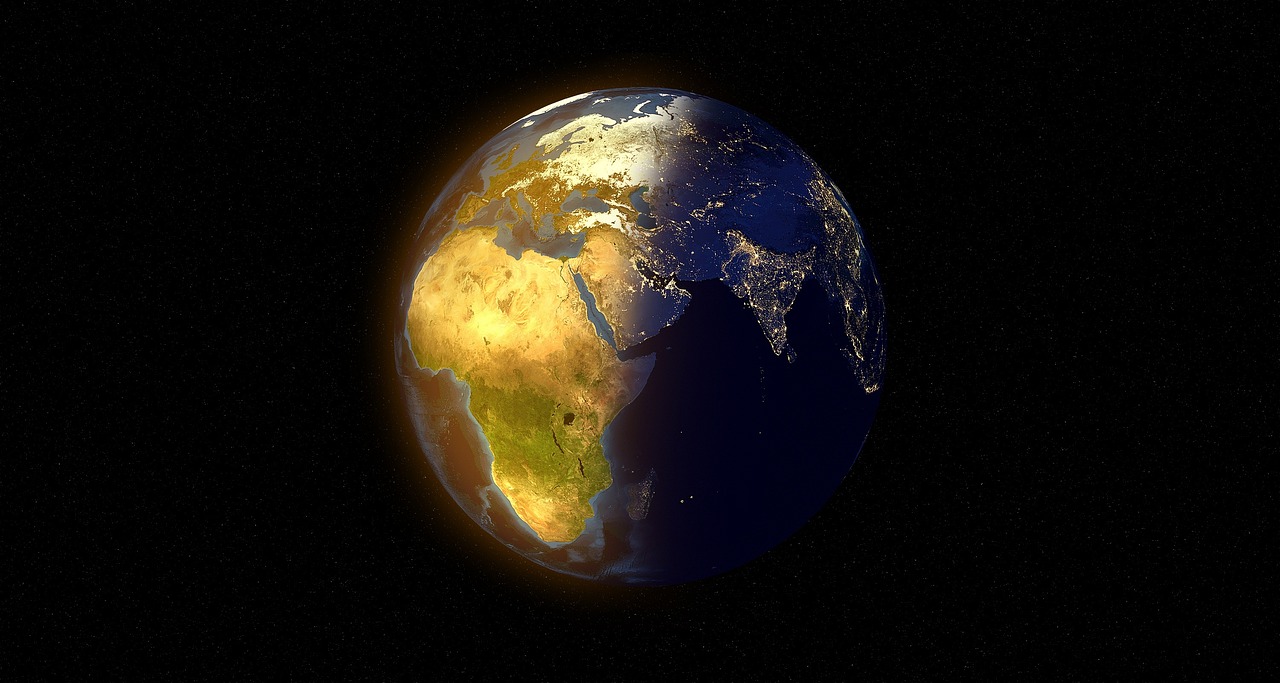by Michael Snyder, The Economic Collapse Blog:

Hundreds of millions of people are desperately hungry all over the world, and by the time you are done reading this article more children will starve to death. Earlier this year, CNN actually admitted that we are in the midst of “the worst food crisis in modern history”, but because the mainstream media rarely features images of the tremendous suffering on the other side of the globe most Americans don’t even know that it is happening. Here in the western world, the primary way that the global food crisis is manifesting is through significantly higher prices at the grocery store. Those higher prices are certainly painful, but we can deal with that. But when you don’t have enough food to feed your family on a consistent basis, that really is a nightmare scenario. According to the official UN website, 735 million people were in a “state of chronic hunger” last year…
TRUTH LIVES on at https://sgtreport.tv/
By 2022, approximately 735 million people – or 9.2% of the world’s population – found themselves in a state of chronic hunger – a staggering rise compared to 2019. This data underscores the severity of the situation, revealing a growing crisis.
In addition, an estimated 2.4 billion people faced moderate to severe food insecurity in 2022. This classification signifies their lack of access to sufficient nourishment. This number escalated by an alarming 391 million people compared to 2019.
The persistent surge in hunger and food insecurity, fueled by a complex interplay of factors, demands immediate attention and coordinated global efforts to alleviate this critical humanitarian challenge.
We have never seen numbers like this before.
And the final numbers for 2023 will inevitably be even higher, because crops are failing all over the planet.
For example, this has been a catastrophic year for rice crops in India…
Satish Kumar sits in front of his submerged rice paddy in India’s Haryana state, looking despairingly at his ruined crops.
“I’ve suffered a tremendous loss,” said the third generation farmer, who relies solely on growing the grain to feed his young family. “I will not be able to grow anything until November.”
The newly planted saplings have been underwater since July after torrential rain battered northern India, with landslides and flash floods sweeping through the region.
The government of India responded to this crisis by banning the export of non-basmati white rice, but this has created a massive problem for the dozens of countries that rely on rice exports from India…
Last month, India, which is the world’s largest exporter of rice, announced a ban on exporting non-basmati white rice in a bid to calm rising prices at home and ensure food security. India then followed with more restrictions on its rice exports, including a 20% duty on exports of parboiled rice.
The move has triggered fears of global food inflation, hurt the livelihoods of some farmers and prompted several rice-dependent countries to seek urgent exemptions from the ban.
More than three billion people worldwide rely on rice as a staple food and India contributed to about 40% of global rice exports.
Please read that last sentence again.
Without rice exports from India, the number of people that starve in poor countries in Africa and the Middle East will soar.
Some impoverished nations are literally begging India to start exporting non-basmati white rice again, but so far the government of India is not budging.
So the price of rice has been surging all over the world, and supplies are getting tighter and tighter.
Let me ask you a question.
What would you do if your child was wasting away from malnutrition right in front of your eyes?
In Somalia, that is actually happening to half of all children under the age of five…
In Somalia, families are currently facing a catastrophic food crisis. This is the result of a severe and prolonged drought and decades of conflict that have destroyed crop production and made it almost impossible for herders to find food for their animals.
Unfortunately, the most vulnerable are children, with 50% of children under five in the country experiencing acute malnutrition.
Here in the western world, our children are not starving.
So we should be thankful for that.
But the lines at our food banks are getting longer. Here is an example from the state of Ohio…
Kam McKenzie, SNAP outreach manager for the food bank, said the Liberty Street pantry is seeing 940 more families per month since the end of February, when COVID-era SNAP benefits were halted.
“So now we’re averaging maybe a little over 300 families a day coming into our Liberty Street pantry to shop for groceries,” said McKenzie.
Based on the amount of food given out by Freestore, she estimated the demand on the pantry is up 27% compared to June of 2022.
Read More @ TheEconomicCollapseBlog.com




